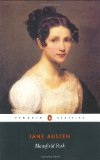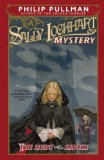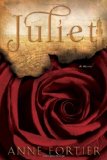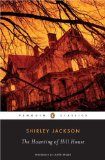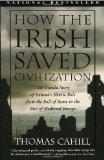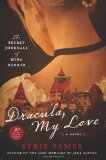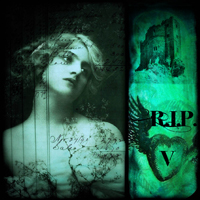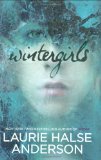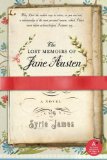This year has been a good reading year for me. Some reading stats for completed books:
- Total number of books read: 40.
- Fiction books: 33.
- Nonfiction: 7.
- Audio books: 4.
- Kindle books: 16.
- DailyLit books: 2.
- Books re-read: 5.
My favorite books of the year in no particular order were
- The Hunger Games, Suzanne Collins
- Catching Fire, Suzanne Collins
- Contested Will: Who Wrote Shakespeare?, James Shapiro
- A Year in the Life of William Shakespeare: 1599, James Shapiro
- The Help, Kathryn Stockett
- Jonathan Strange & Mr. Norrell, Susanna Clarke
- A Farewell to Arms, Ernest Hemingway
- Remarkable Creatures, Tracy Chevalier
- The Map of True Places, Brunonia Barry
- Emily’s Ghost, Denise Giardina
The books I liked least:
- Crime and Punishment, Fyodor Dostoyevsky
- Charity Girl, Georgette Heyer
- The Haunting of Hill House, Shirley Jackson
- The Meaning of Night, Michael Cox
- The Ruby in the Smoke, Philip Pullman
I completed several reading challenges. For the Everything Austen Challenge, I read/viewed the following:
- The Three Weissmanns of Westport, Cathleen Schine
- Sense and Sensibility, Jane Austen
- Mansfield Park, Jane Austen
- Persuasion, Jane Austen
- The Lost Memoirs of Jane Austen, Syrie James
- Miss Austen Regrets (film)
Of these books, I enjoyed Persuasion the most, but truthfully, this challenge was one of the most enjoyable for me because I liked all of the books I read and the movie I watched.
I completed Carl’s R.I.P. Challenge for the first time. I read the following books:
- Dracula, My Love, Syrie James
- Wintergirls, Laurie Halse Anderson
- The Heretic’s Daughter, Kathleen Kent
- Mockingjay, Suzanne Collins
I always enjoy this challenge, and I enjoyed all the books I completed for this challenge, especially Dracula, My Love.
I also participated in Carl’s earlier Once Upon a Time Challenge with a read of Jonathan Strange & Mr. Norrell.
I read a lot of fiction about the Brontës this year and completed the All About the Brontës Challenge:
- Charlotte and Emily, Jude Morgan
- Wuthering Heights, Emily Brontë (audio)
- The Secret Diaries of Charlotte Brontë, Syrie James
The Bibliophilic Books Challenge was a fun way to read books about authors or reading. I read the following:
- Charlotte and Emily, Jude Morgan
- A Year in the Life of William Shakespeare: 1599, James Shapiro
- The Secret Diaries of Charlotte Brontë, Syrie James
- Contested Will: Who Wrote Shakespeare?, James Shapiro
- Thursday Next: First Among Sequels, Jasper Fforde
- Emily’s Ghost, Denise Giardina
The Typically British Challenge was a snap for me; as an anglophile, most of the books I read were British, but I counted the following for the challenge:
- The Meaning of Night, Michael Cox
- The Little Stranger, Sarah Waters
- Charlotte and Emily, Jude Morgan
- Good Omens, Terry Pratchett and Neil Gaiman
- Jonathan Strange & Mr. Norrell, Susanna Clarke
- Pride and Prejudice, Jane Austen
- Thursday Next: First Among Sequels, Jasper Fforde
- Wuthering Heights, Emily Brontë
Last year I read 29 books and didn’t finish any challenges. Look for my reading goals for 2011 in a post tomorrow.
photo credit: guldfisken


